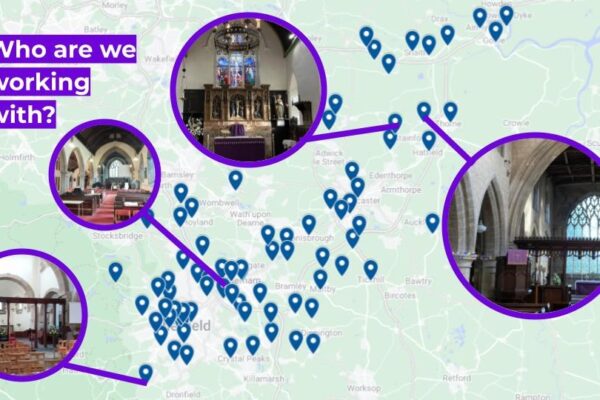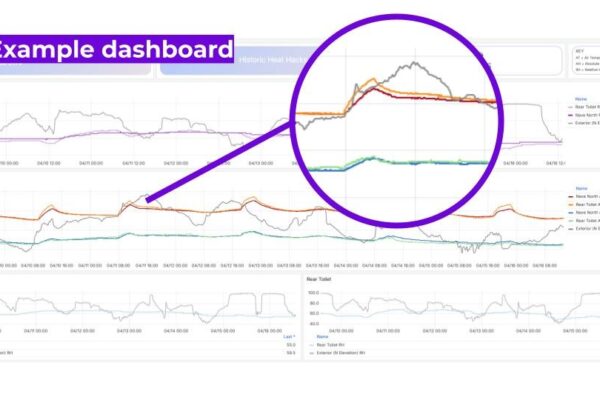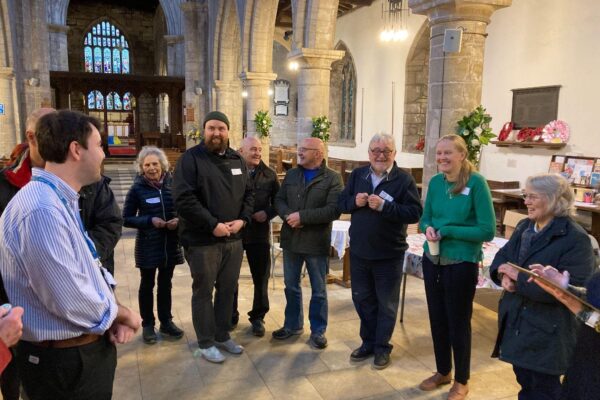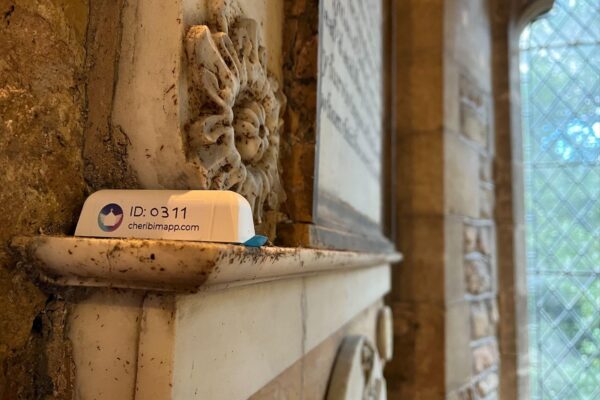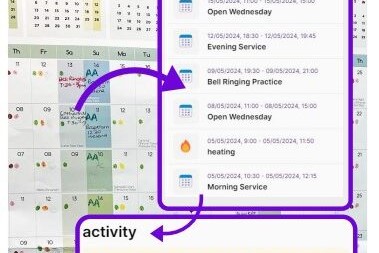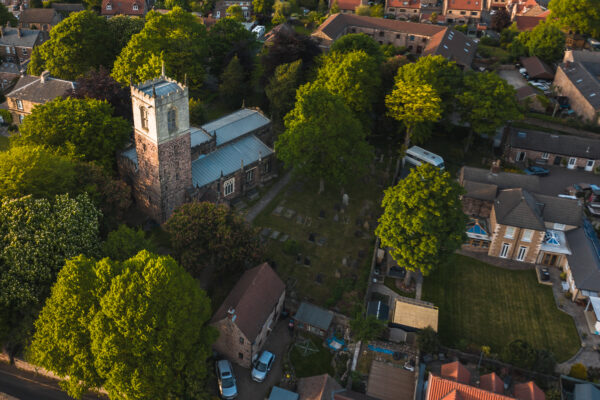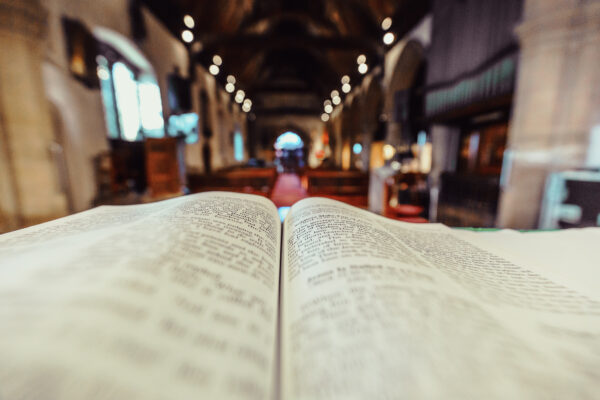The Historic Heat project (funded by Innovate UK) is now over halfway through and we’re making great progress towards understanding how the weather, heating and use patterns at church buildings across the Diocese are impacting comfort-levels, energy and carbon use – and what sort of adaptations might be suitable.
With over 85 Churches now participating, a huge variety of building types, heating systems and service and activity schedules are represented – which gives a good cross-section of the variables which need to be considered as Churches find their individual paths to Net Zero.
From attending workshops and watching videos on how historic buildings were kept warm in the past, to meeting Cheribim to position sensors, every Church who is participating is helping make the tools and support being developed by the project better. And we couldn’t be more grateful to everybody who is contributing!
In addition to automatic temperature and humidity readings from sensors, we’re now gathering important information about other key factors which affect these – helping identify the cause of recurring problems or new changes which can be identified looking at trends of the week, month or even year.
Physical and digital spaces for co-creation
The Cheribim platform is how we’re building a picture of this! Designed as a shared workspace for anyone who meets in or helps look after a church building – from churchwardens and friends to energy auditors, anyone can see, save and share information related to the building.
This single record keeps everyone on the same page with access to an overview of relevant information – from QI recommendations to details of heating systems, making it easy to see relationships between factors and where more information is needed to inform decisions, and investigate ways to improve comfort and reduce carbon.
Findings from physics!
To help decide which information to gather – and understand what sensor readings might be saying – workshops with Dr Robyn Pender, historic buildings physicist and wall painting conservator, are open for anyone to attend (with the next ones in July!). These cover the science behind how historic buildings work – why condensation might be forming on a specific area of the windows, what causes drafts, and how to reduce discomfort due to cold (even in the depths of winter!).
Maintenance matters
One rule of thumb Robyn shares is that we feel hotter in hot conditions and colder in cold conditions, if humidity is high. If we feel cold though, we often turn the heating up – but if walls are wet due to guttering being blocked for example, heating can draw water out of the walls into the air – making it even more humid! Where churches have consistently high humidity readings the first thing to do isn’t to turn up the heat to “dry” them out – it’s to check the rainwater goods!
Comfort is key
Ultimately, keeping comfortable so everyone enjoys meeting in and using their church buildings is key. So, the platform also enables tracking of how people have felt when using the building.
Combined with records of when the heating is on and what the building is being used for, this is helping identify and avoid wasting energy, either by reducing the amount of heating hours or increasing the use of a building on days when the heating is on.
Get involved!
→ Start asking questions! When was the last time you asked how people felt in your church? Get everyone thinking beyond the thermostat as a means of controlling comfort
→ Join a workshop: 16th July in Doncaster or 17th July in Sheffield – email amy@cheribimapp.com for details. If you didn’t make the workshops in January, but want to know more about what you missed
→ Watch the video https://youtu.be/GfKAOTE6G1k?feature=shared
→ Trial the platform visit my.cheribimapp.com
→ Get sensors (churches with solid walls (generally pre-1919) eligible); sign up at www.cheribimapp.com/sheffielddiocese
